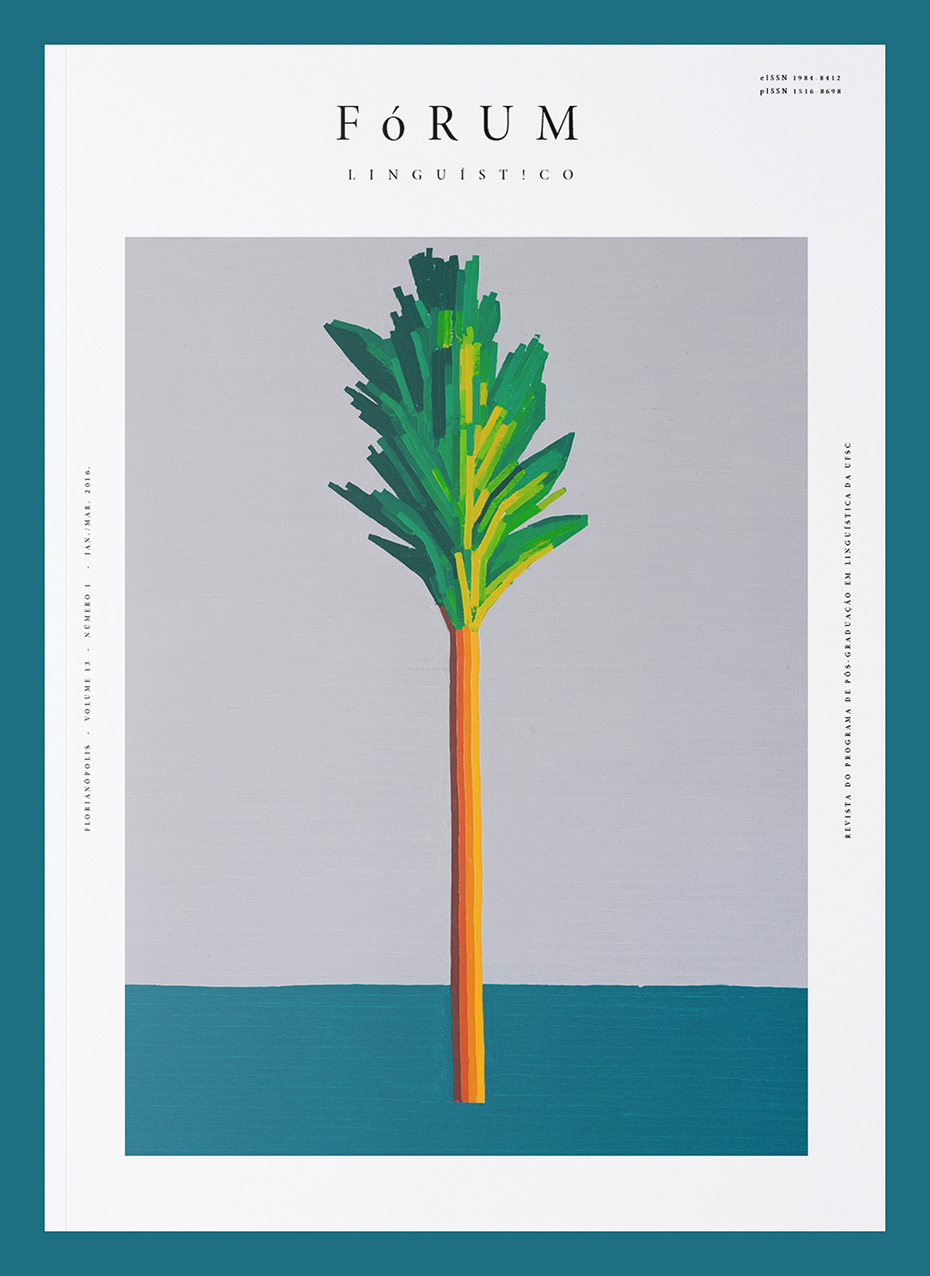Lexical diversity in school written texts
DOI:
https://doi.org/10.5007/1984-8412.2016v13n1p1068Abstract
This article presents a correlational study between lexical diversity and school progression in texts written by school age children and adolescents, monolingual speakers of European Portuguese. The measure used to assess lexical diversity is D (RICHARDS; MALVERN, 1997), a mathematical correction of the TTR measure (TEMPLIN, 1957), which is based on the ratio of different words (types) to the total number of words (tokens). Using CLAN (MACWHINNEY, 2000) and IMS Open Corpus Workbench (EVERT; HARDIE, 2011) tools, this measure was applied to a quasi-longitudinal corpus consisting of 244 texts of narrative (n = 122) and argumentative (n = 122) register, written by students in the fifth (n = 26), the seventh (n = 46) and tenth (n = 50) year of the Portuguese basic schooling system. The results show that there are positive correlations between lexical diversity and school progression in both registers, although not linear from the fifth to the tenth year. To support the discussion, two examples of vocabulary variation are presented. This work aims to contribute to a more detailed understanding of the lexical development of children and adolescents written language across school progression.



